Why Social Media Creates an Unrealistic Standard for Youth
Within the past decade, social media has influenced the beauty standards of teens. As platforms become more advanced, advertising continues to promote older content to younger audiences.
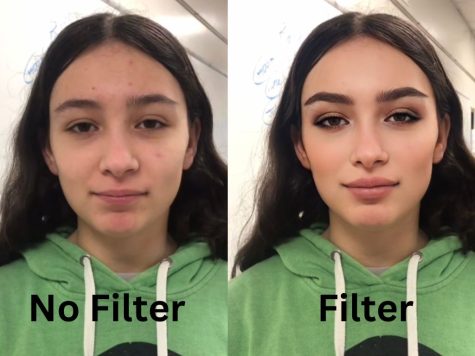
Because of this, children feel the need to give the impression of being older than they truly are. According to BBC, “The average parent allows their child a smartphone at age 10, opening up a world inaccessible to previous generations, with unlimited access to news, social media and other privileges previously reserved for adults, forcing them into emotional maturity before they reach adulthood.”
The unrealistic social media expectations have significantly impacted Gen Z. Having one’s worth be defined by the number of likes received encourages teens to alter their appearance. The need to constantly change themselves to fit into the mold society has created for them further reinforces the illusion of the beauty standard.
Many social media platforms that require a camera include a “filter bar.” The selection of facial enhancements allows you to choose from various types of “Natural Beauty.”
Tikoks viral “Bold Glammor” filter shows major differences compared to various ages. The filter enhances youths’ facial features, making them appear more mature. On the other hand, when the filter is used on an adult, it decreases wrinkles, and dark spots and blurs skin making them appear younger.
According to The Recorder, “Instagram and Snapchat filters have contributed significantly to this obsession and the self-esteem issues that come with it.”
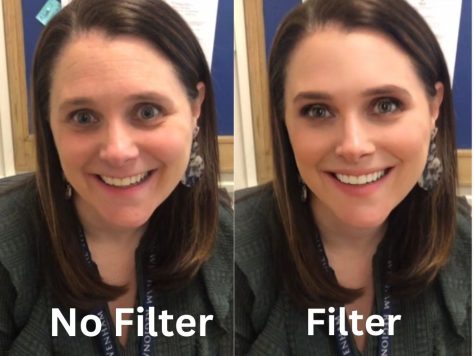
As filters continue to advance, so do the underlying insecurities created by it. Smaller nose, bigger lips, enhanced jaw, and longer eyelashes are common features of “Natural Beauty” filters.
For teenage girls, the impression to look “impossible” has driven the mindset of beauty from “real” to “unachievable.”
Some people may argue that filters are positive because they help hide insecurity or blemishes; however, these same filters fuel the continuation of hiding natural beauty.
According to Dove, “56% of girls say they can’t live up to the beauty standards projected on social media.”
Societal standards impact gender roles differently. Teenage boys are expected to have clear skin; if they don’t, there is a lack of support to use makeup to cover it.
Men are also pressured to have a particular body type. Being tall, lean, and having muscles are some of the most prominent traits the media associates men with.
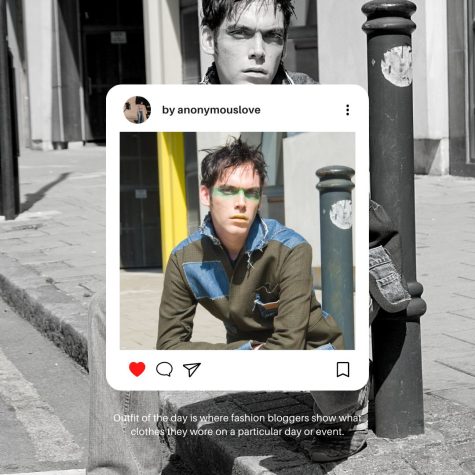
Palatinate states, “Women are often seen as the sole victims of the media, but it’s easy to forget that men also face pressures to fit into a certain gender mold.”
At an early age, it is expected for young boys not to show emotion and to be confident in themselves; these morals transfer into their adolescence. Because of this, the media tends not to speak up and will hide men’s struggles.
With today’s technology, it is easy to blur what natural beauty is compared to the “ideal” image society places on teenagers.
Many celebrities use photo editing software to mold their body to fit the beauty standard. These influencers are the same people who preach about loving yourself and embracing who you are, such as the Kardashians, specifically Kendall Jenner. Because of their large number of followers, it encourages their fans also to change themselves to please others.
To improve the beauty standards, we can start by unfollowing influencers that edit their pictures to separate ourselves from continuous dishonesty. Realizing what is fake vs. natural can help to change your mindset. Supporting yourself and others can help dismantle the toxic belief system of beauty standards.
Taylor Aptt is a freshman journalist at HWRHS. Writing and collecting research have always been of interest to her. Journalism was a good opportunity to...

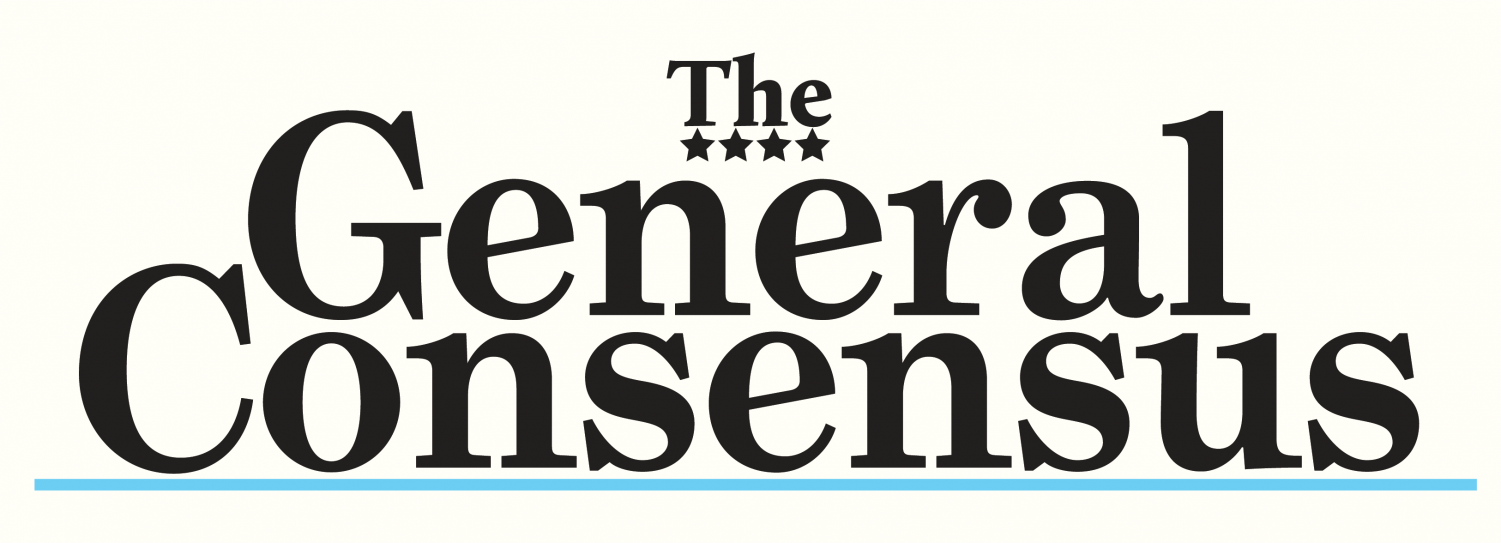
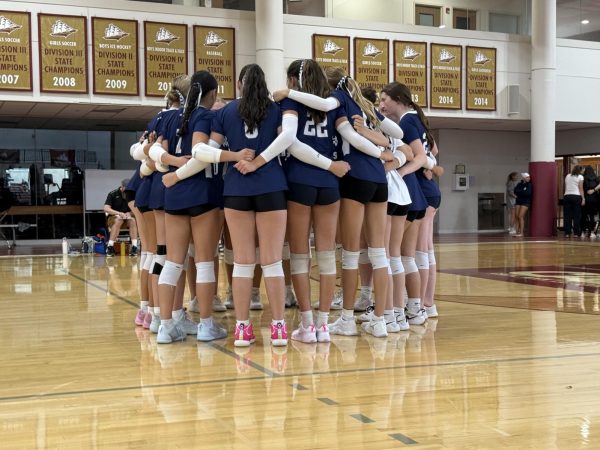


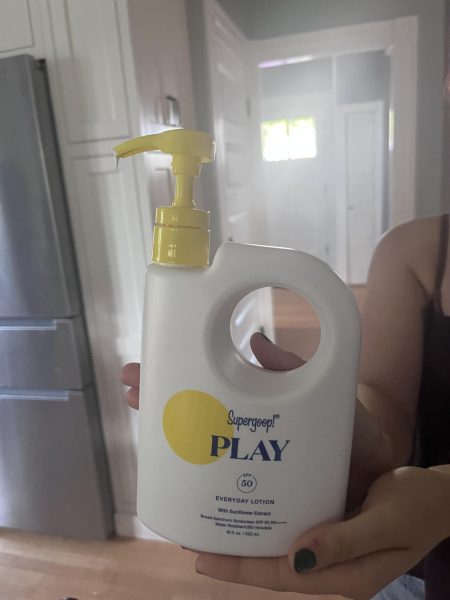

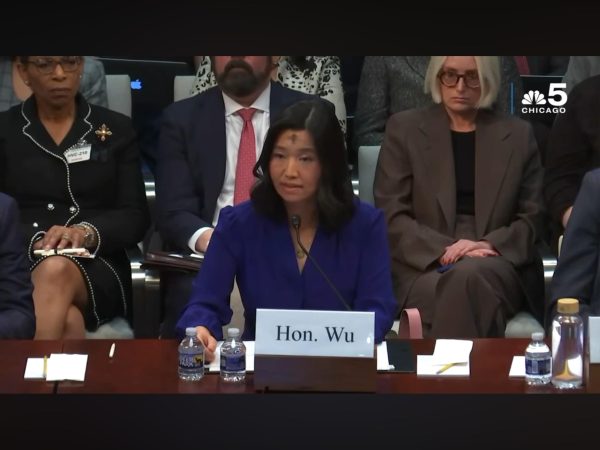



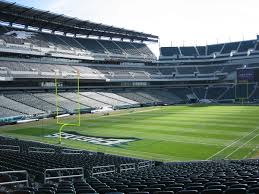
Sarah Caverly • Apr 11, 2023 at 7:58 pm
Fantastic article